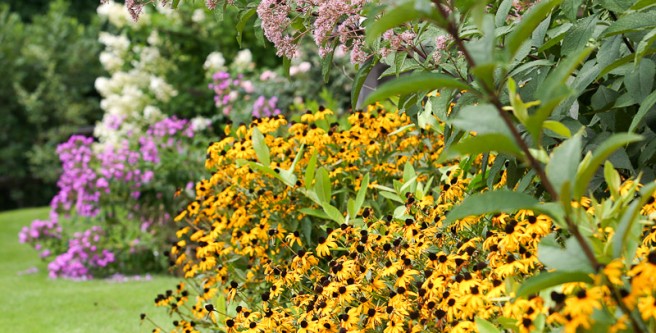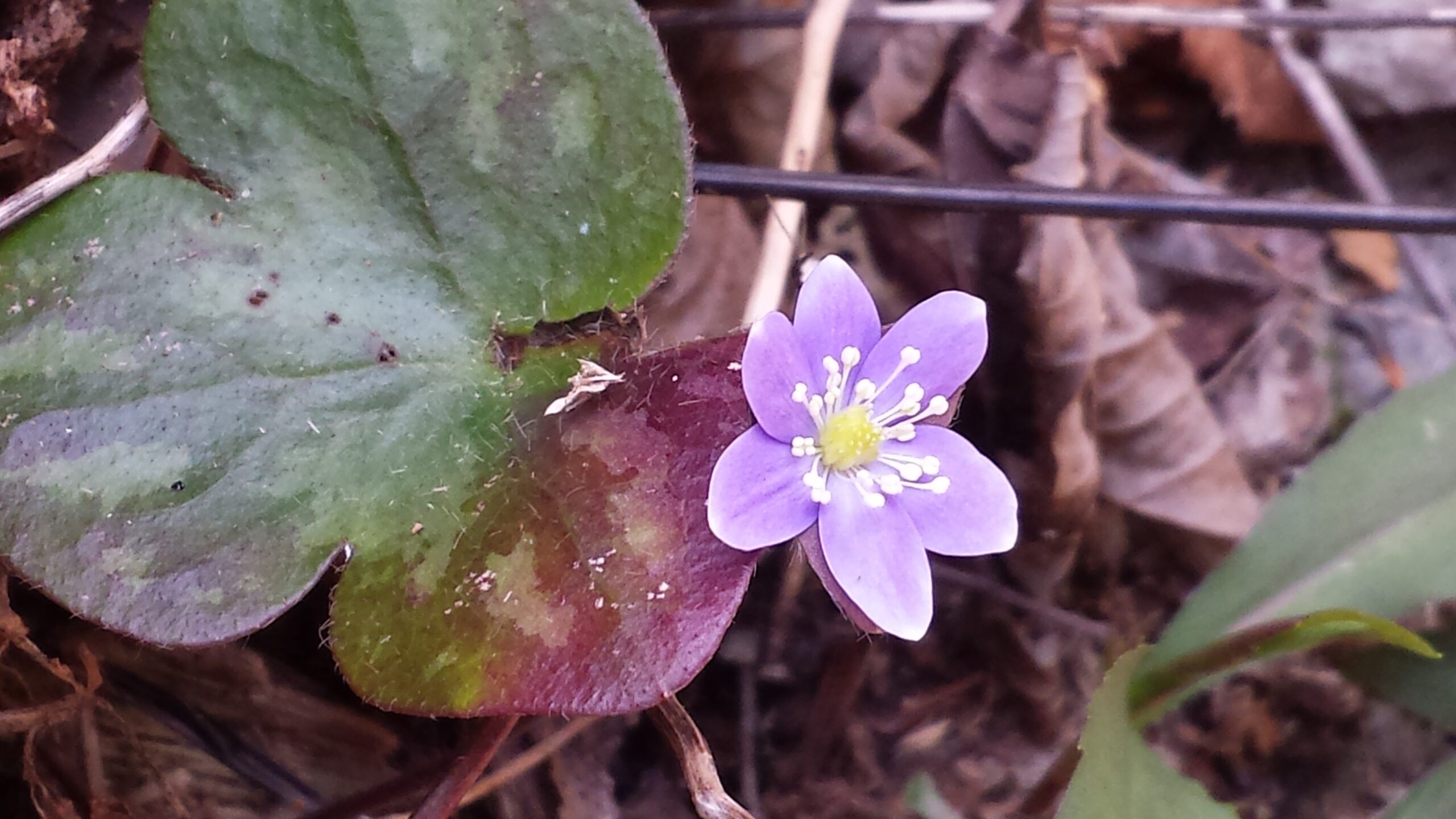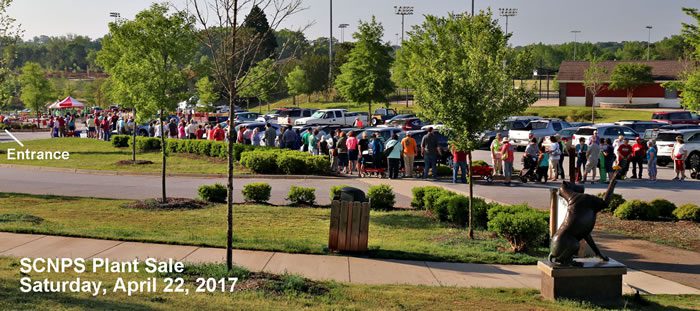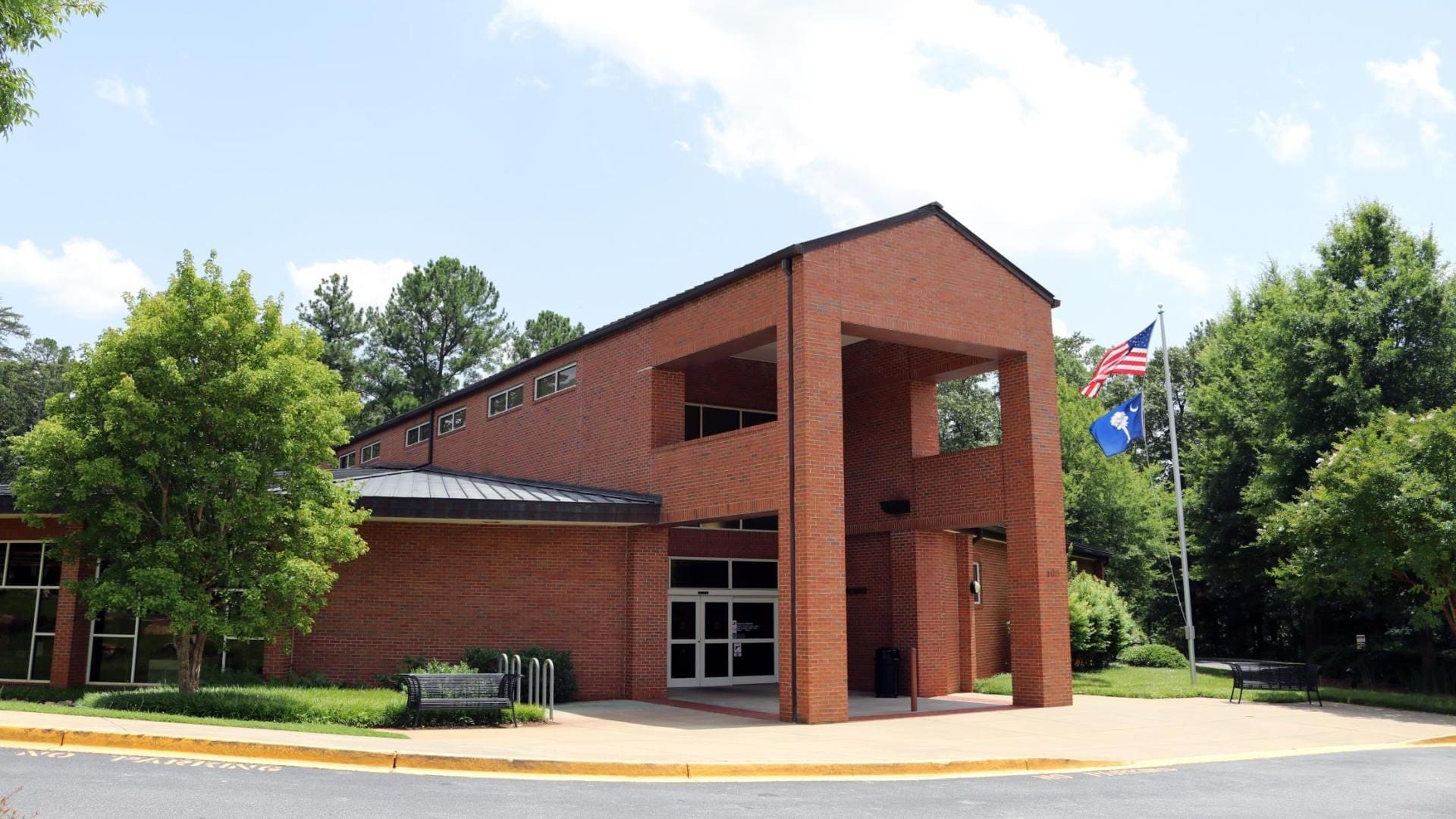We have seen landscapes evolve from functionally agrarian to European models inspired by landscape designers such as Capability Brown and Humphry Repton. These built landscapes featured expansive of lawns and overly pruned flora and fauna. Historically, these idealistic landscapes promoted our love affair with manicured lawns and evergreen foundation shrubs. This lens of perception has prevailed and prompted the rapid replacement of our natural, native habitats.
The landscape industry continues a marketing campaign directing consumers toward products geared toward fostering artificial landscapes that put nature on the run. Plants from across the globe have replaced our native flora and fauna while fertilizers and herbicides have been created and marketed to keep these nonnative plants and sterile soils productive.
As consumers, we have few choices of native plants from the green industry which mostly promotes the sale of nonnative plants. Too often these nonnative plants become invasive or carry pests and diseases that devastate our native species and natural areas.
Today’s landscapes are huge consumers and polluters of water. Our current landscape practices treat rain water as a waste product and then turn to potable water to irrigate lawns and landscapes. According to the EPA, our landscapes consume 9 billion gallons per day with 50% wasted to evaporation or inefficient irrigation. Through storm water runoff, pollutants impact soil and water quality directly. And yet we continue to do the same thing we have been doing because we have been trained toward expectations of aesthetics of tightly manicured landscapes that exclude nature and increase our biophilia (fear of nature).
The expanse of suburbia with subdivision after subdivision has created a sprawl of sterile landscapes that are a desert for wildlife such as pollinators and birds. Fragmentation and loss of habitat are increased by short sighted planning and poor design development practices that increase impervious surfaces resulting in more intense storm water runoff, erosion, and increased pollutants entering our water. As huge consumers of land resources, our current landscape and development practices regardless of aesthetics are not sustainable. We can do better.
Our challenge is to seek out the landscape paradigm to find change through education, sound design and a sense of aesthetics that works for people and our environment. Ecologically sound landscape design begins with considering and understanding soils, water, hydrology, light, shadow, and micro climates. We read the landscape as a successional process of time and space where native plant communities can fill niche environments of each landscape. By designing for people, the tapestry comes together as space, form, and function. Good sustainable design seeks to balance people spaces while promoting healthy soils and encourages groundwater recharge. Ultimately, good sustainable design challenges our aesthetic perceptions and places values on beautiful, indigenous, seasonal landscapes that feed wildlife, and our senses.
Sustainability in our landscape practices is defined as improving water quality by reduction of storm water impacts, reducing our carbon and chemical inputs, support of living soils and trophic habitats, and use of native plants. All these goals for sustainable landscapes sound like common sense and should be more common in practice. However, sustainability in landscapes is a concept that is not well understood or generally applied.
The SC Native Plant Society feels that through the lens of education and science we can change perceptions and promote a deep appreciation for natures processes, seasons and successional changes within our landscapes. We then come to understand our role as part of the larger community of life as biotic citizens. Our values and understanding leads us to realize that we are placing our signature upon the land with every landscape, and every backyard.
About the author:
Rick Huffman is today semi-retired from his role as the founder and principle of Earth Design, a landscape design firm based in Greenville, SC that specializes in water management projects and encourages the use of native plants. In addition to consulting and being a very busy grandfather, he continues to serve the SCNPS as our statewide Advocacy Chair and Outings Chair for the Upstate Chapter. Rick was the principle founders of the SCNPS and served as its first President in 2008.




